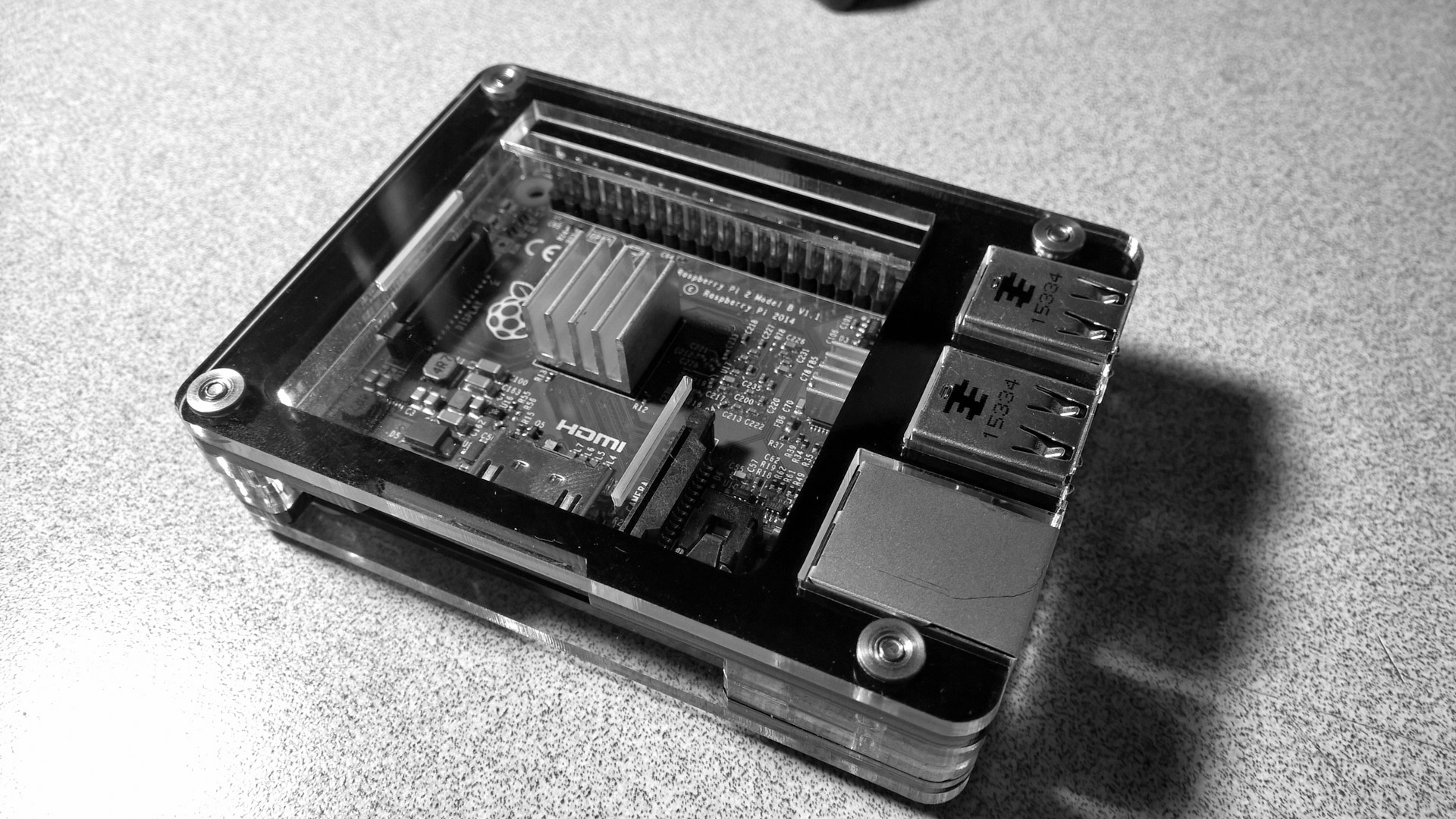So I figured it might be worth putting some stuff here to preserve it for the
ages… this section is mostly stuff I put onto mailing lists. Clearly not
everything I post will go here, just the stuff that is worth keeping or amusing
and mostly a monologue.
What follows is the post … edited to remove comments that are not my own.
From: soulhuntre [mailto:[email protected]]
Sent: Saturday, February 01, 2003 6:49 PM
To: ______
Subject: OT: the stability of (n) legged things …
Just to go off on a tangent…
Actually, in many situations tripod structures are MORE stable than their
four legged counterparts, for a variety of reasons. Of course stability is
affected by many factors.
In the case of stools, a three legged stool is often superior in stability
for a reason having nothing to do with the contact points. Most of the
furniture I have seen with three legs has the legs angled outward, while most
of the quad leg furniture has the legs straight down.
Obviously, the sheer forces for load bearing greatly favor angled legs as
long as they are braced together and the angle isn’t too extreme.
Anyway, just because I am weird like this I once learned a nice simple way
to determine the stability of a simple structure carrying a simple load for
any (n) number of legs.
- Draw a figure that has straight lines between each contact point, giving
you a profile of the base of the structure. Most tripods will make a
triangle, quads a square and so on.
- Mark the place inside that profile where they center of gravity is.
- Measure the NEAREST distance from that spot to the closest point on one
of the lines.
The support structure with the LONGEST distance from CG to its nearest
profile point is most stable.
Now, the thing that really favors a tripod is simply that even on an uneven
surface a tripod will almost always have all three contact points solidly
planted. Any number of legs greater than three will often have an unsupported
leg on uneven surfaces or will bend, flex or twist under load.
For what it’s worth 🙂
